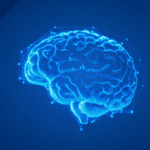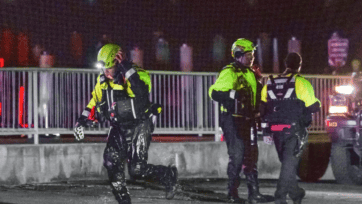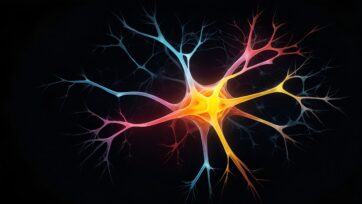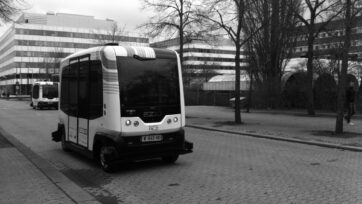Robotic guide dog (Image credit: picture taken from video Independent YouTube Channel)
Innovative research at the University of Massachusetts Amherst is paving the way for the development of robotic guide dogs that could significantly aid visually impaired individuals. This effort, led by Assistant Professor Donghyun Kim from the Manning College of Information and Computer Science, emphasizes the crucial role of feedback from actual users and trainers of guide dogs. The findings, which were awarded the Best Paper Award at CHI 2024, emphasize designing robotic guide dogs that complement the specific needs and preferences of their users.
The study involved detailed discussions with both visually impaired users and trainers to understand the practical requirements and limitations of traditional canine guide dogs. The researchers discovered that while guide dogs provide significant autonomy, their availability is limited by factors like high training costs and the physical demands of caring for a dog. In response, robotic guide dogs could offer a practical alternative, provided their design effectively addresses real-world challenges.
Kim’s team identified that a successful robotic guide dog must balance autonomy with user control. Unlike a traditional autonomous vehicle that navigates on its own, a guide dog, whether biological or mechanical, must work in tandem with the handler’s inputs, focusing on tasks like obstacle avoidance and safe navigation through familiar routes.
The research also highlighted essential design features for these robots, such as extended battery life for lengthy commutes, advanced sensory equipment to detect overhead obstacles, and user-friendly interfaces for more intuitive interaction between the robot and the handler.
This award-winning research not only advances the field of human-robot interaction but also serves as a foundational work for future developers, aiming to create practical and deployable robotic assistants for visually impaired individuals. The study underlines the importance of incorporating direct input from end-users to ensure that the technological solutions developed are both effective and genuinely enhance the users’ quality of life.
References
Westbrook, Julia 2024, ‘TO OPTIMIZE GUIDE-DOG ROBOTS, FIRST LISTEN TO THE VISUALLY IMPAIRED’, University of Massachusetts Amherst, viewed 28th May 2024, <https://www.umass.edu/news/article/optimize-guide-dog-robots-first-listen-visually-impaired>

























